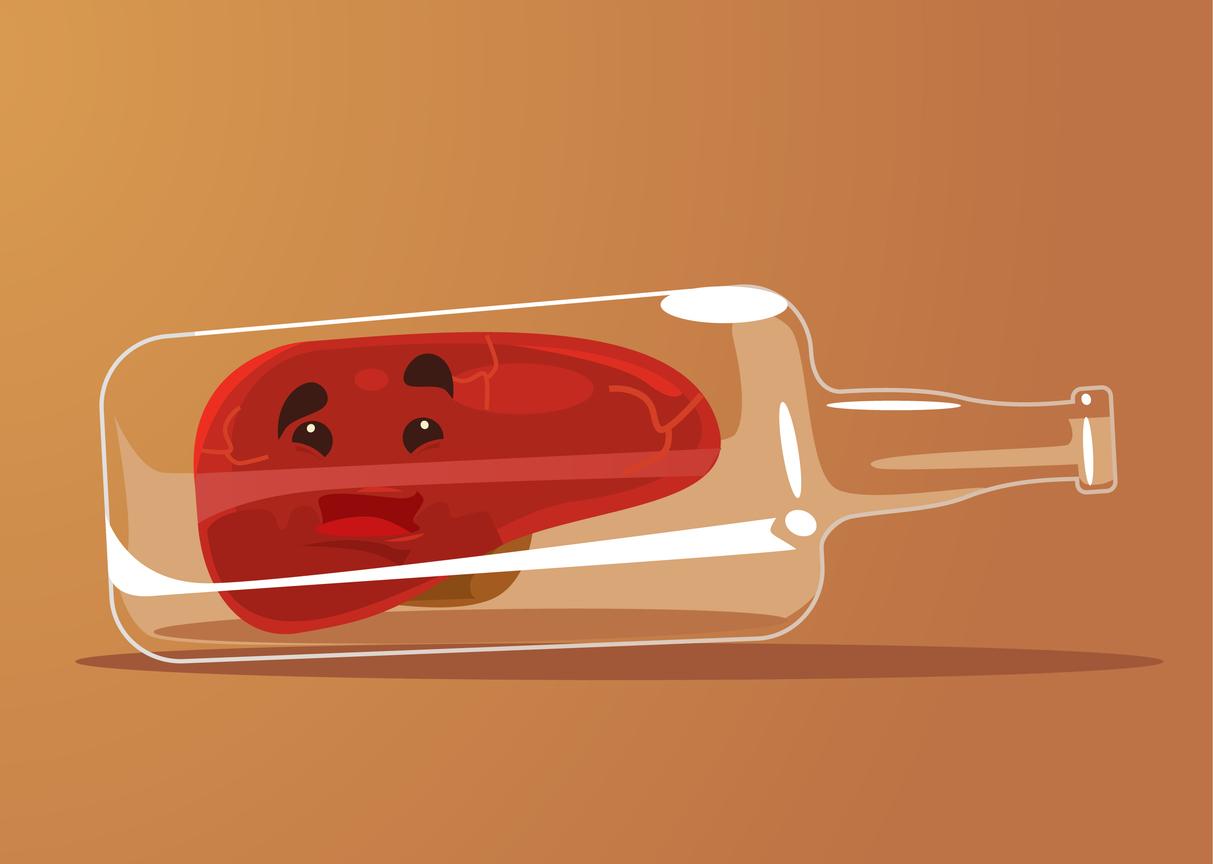According to a recent English study, regularly consuming coffee could protect against chronic liver diseases, including fatty liver disease.

- Drinking coffee could reduce the risk of “fatty liver disease”
- Coffee consumption would also reduce the risk of dying from chronic liver disease by 49%
We already knew about its beneficial effects on the heart and digestive functions. But we didn’t know that coffee could also be good for the liver. This research appeared BMC Public Health is based on the analysis of data from 494,585 participants aged 40 to 69.
Of these, 384,818 were coffee drinkers at the start of the study and 109,767 were non-drinkers. Carried out by researchers from the University of Southampton (England), the study specifically looked at the potential link between drinking coffee and developing chronic liver disease, such as fatty liver disease.
More often known by the colloquial name of “fatty liver disease”, this chronic condition is characterized by the accumulation of fatty cells in the liver. Although not related to alcohol consumption, it can progress to cirrhosis if left untreated.
Protective compounds very present in ground coffee
However, drinking coffee could precisely limit the risks: the study by Southampton researchers suggests that followers of this hot drink were 20% less likely to develop fatty liver disease than other participants. The study also showed that the risk of dying from chronic liver disease was reduced by 49% thanks to coffee.
The quantity also seems to have an effect on the protective properties attributed to coffee. Thus, three or four cups a day would be beneficial for the liver, thanks in particular to compounds called kahweol and cafestol which are believed to reduce inflammation that can damage the liver and are more present in ground coffee. Caffeine, on the other hand, is believed to fight harmful liver scarring.
“Coffee is widely accessible and the benefits we are seeing may mean it could offer a potential preventative treatment“, underlines Dr. Olivier Kennedy, first author of the study.
.

















